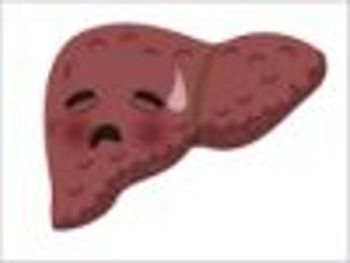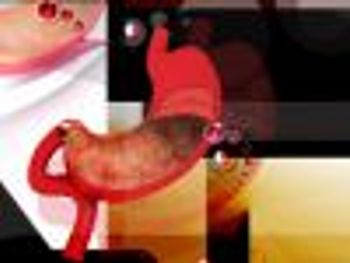
Organ transplant patients face unique challenges and can benefit from the support of a specialized pharmacy team.


Organ transplant patients face unique challenges and can benefit from the support of a specialized pharmacy team.

Specialty medications on the path to approval include 2 new hepatitis drugs.

A study comparing rates of contagious disease before and after the introduction of vaccines finds that vaccines have prevented more than 100 million disease cases in the United States over the past 90 years.



Aimee Tharaldson of Express Scripts explains why some hepatitis C patients who do not have signs of active disease may want to wait to receive treatment until later this year and early next year, when the FDA is expected to approve sofosbuvir and simeprevir for the treatment of this condition.

We will see a new wave of oral antiviral hepatitis C medicines hitting the market towards the end of this year and the beginning of next year, noted Aimee Tharaldson, PharmD, senior clinical consultant, Emerging Therapeutics, Express Scripts.

Results of a phase-2b trial reveal preliminary information about the efficacy of the combination treatment of faldaprevir and deleobuvir for hepatitis C virus infection.

Interstitial lung disease (ILD) is a known rare side effect of interferon treatment. Investigators confirmed the low incidence if ILD in patients with hepatitis C receiving interferon, but also recorded reductions in lung function in almost half of treated patients.

The FDA has added a new black box warning to 2 drugs, rituximab (Rituxan) and ofatumumab (Arzerra) for the potential of either drug to cause reactivation of hepatitis B virus (HBV).

Vaccination rates for children aged 19 to 35 months remained high in 2012, though they fell short for some vaccines and varied from state to state and based on family income.

Data from a national survey on community health in racial and ethnic groups suggest specific socioeconomic barriers to hepatitis C virus detection and therapy.

There's a reason most school systems require proof of vaccination before students begin in the fall.

Sixty-eight percent of patients with preexisting liver damage and other poor prognostic factors treated with a combination of sofosbuvir and ribavirin attained functional cure of hepatitis C, as measured by sustained viral response 24 weeks after the end of treatment.

Investigators in Spain have identified a relationship between higher-complexity medication regimens and a lower likelihood of sustained viral response (SVR) after treatment for hepatitis C virus (HCV) infection.




The cost of complex therapies is soaring, and the challenge is to deliver access to these medications in the most cost-effective and clinically appropriate site of service.

A significant number of new specialty medications are on track to be approved in 2013, and some will provide increased competition in certain therapy classes.

With hepatitis C infections on the rise among young injection drug users, researchers have recommended a range of promising prevention tactics.

The U.S. Preventive Services Task Force recommends that all patients born between 1945 and 1965 as well as high-risk patients of all ages be tested for hepatitis C.

The U.S. Preventive Services Task Force recommends that all patients born between 1945 and 1965 as well as high-risk patients of all ages be tested for hepatitis C.

Recent actions by the FDA to accelerate simeprevir's journey to market may be instrumental in helping close the treatment gap for genotype 1 hepatitis C patients in need.

Pharmacy team helps patients better understand importance of adherence while on complex medication regimens.